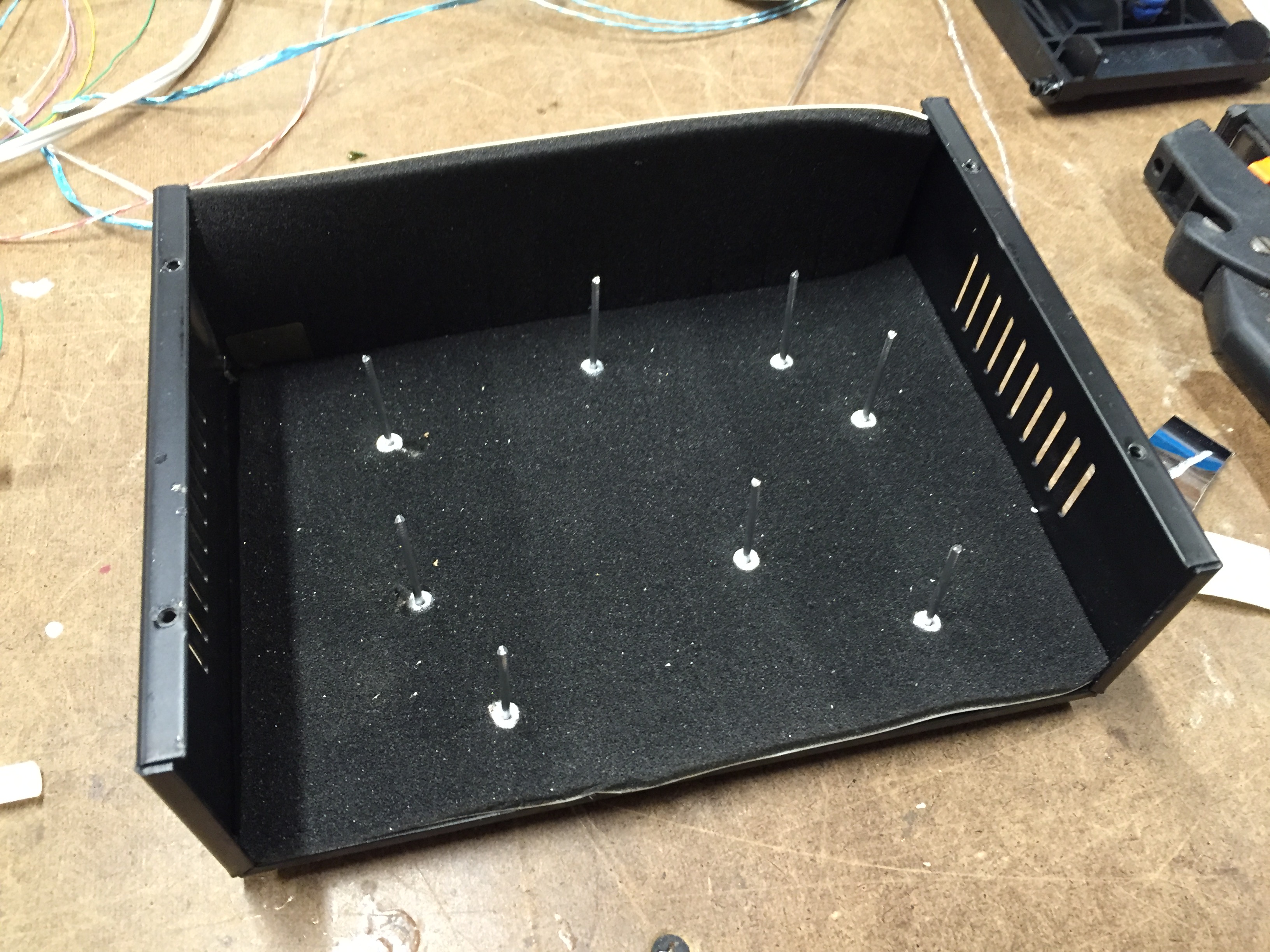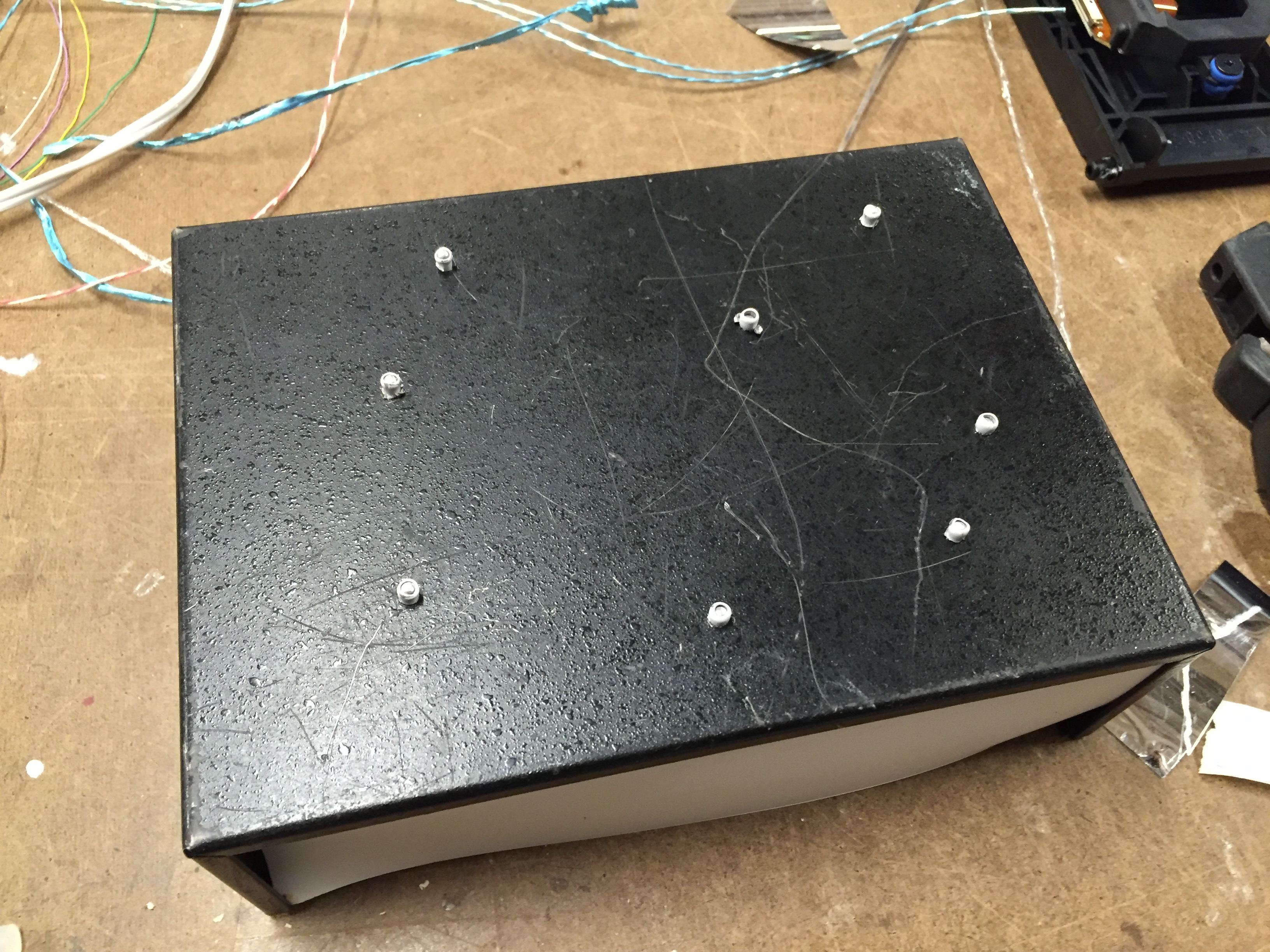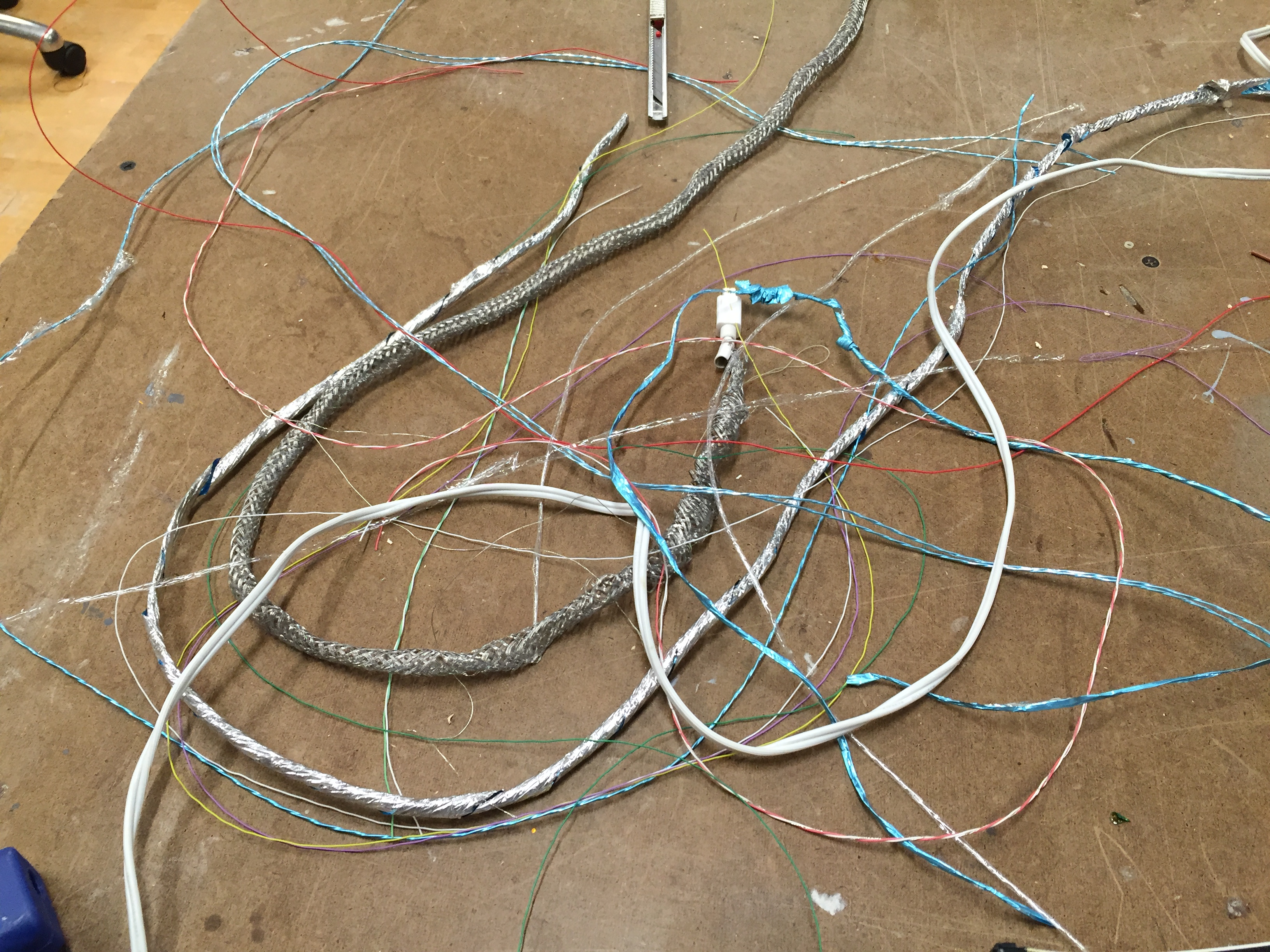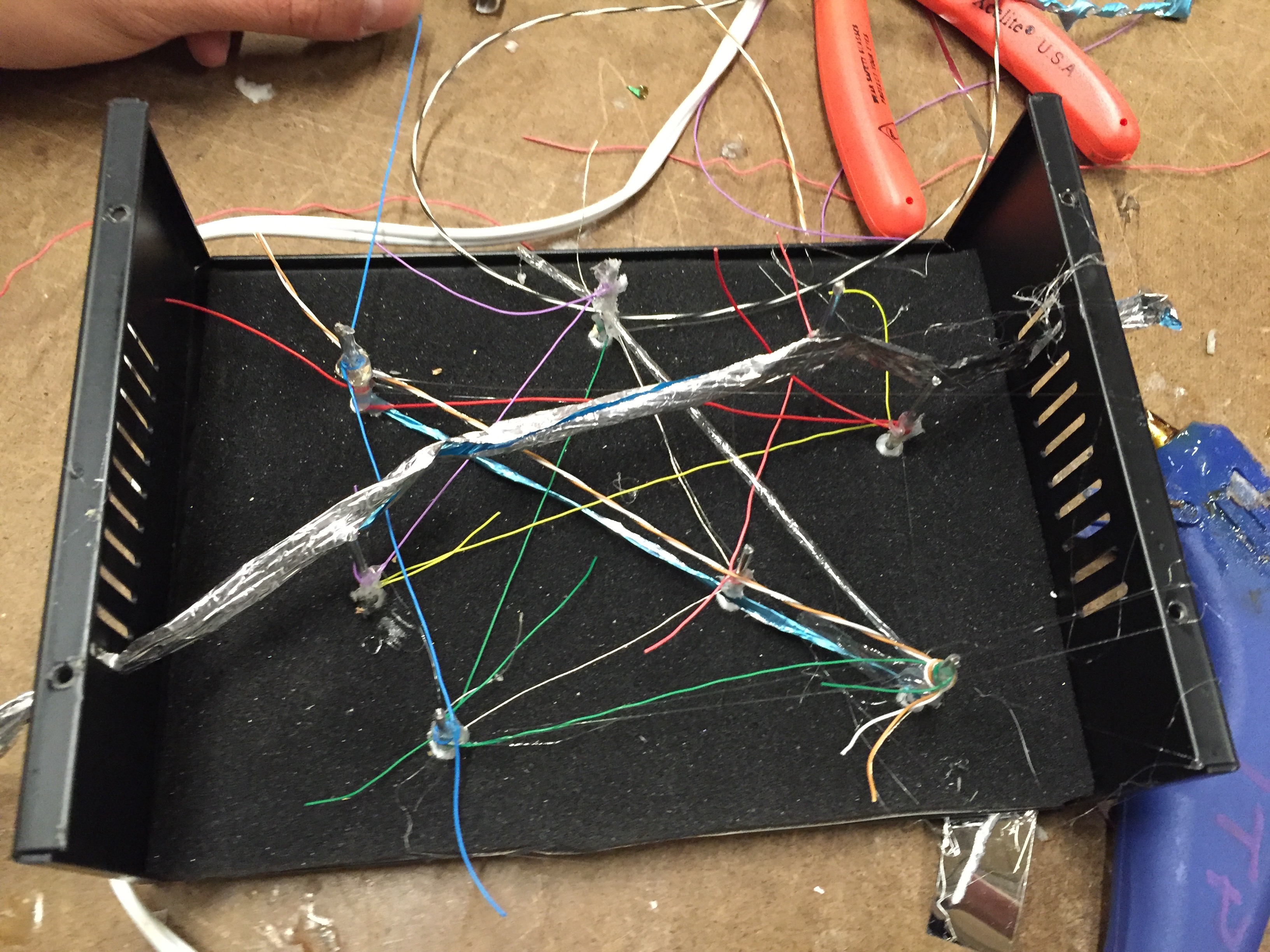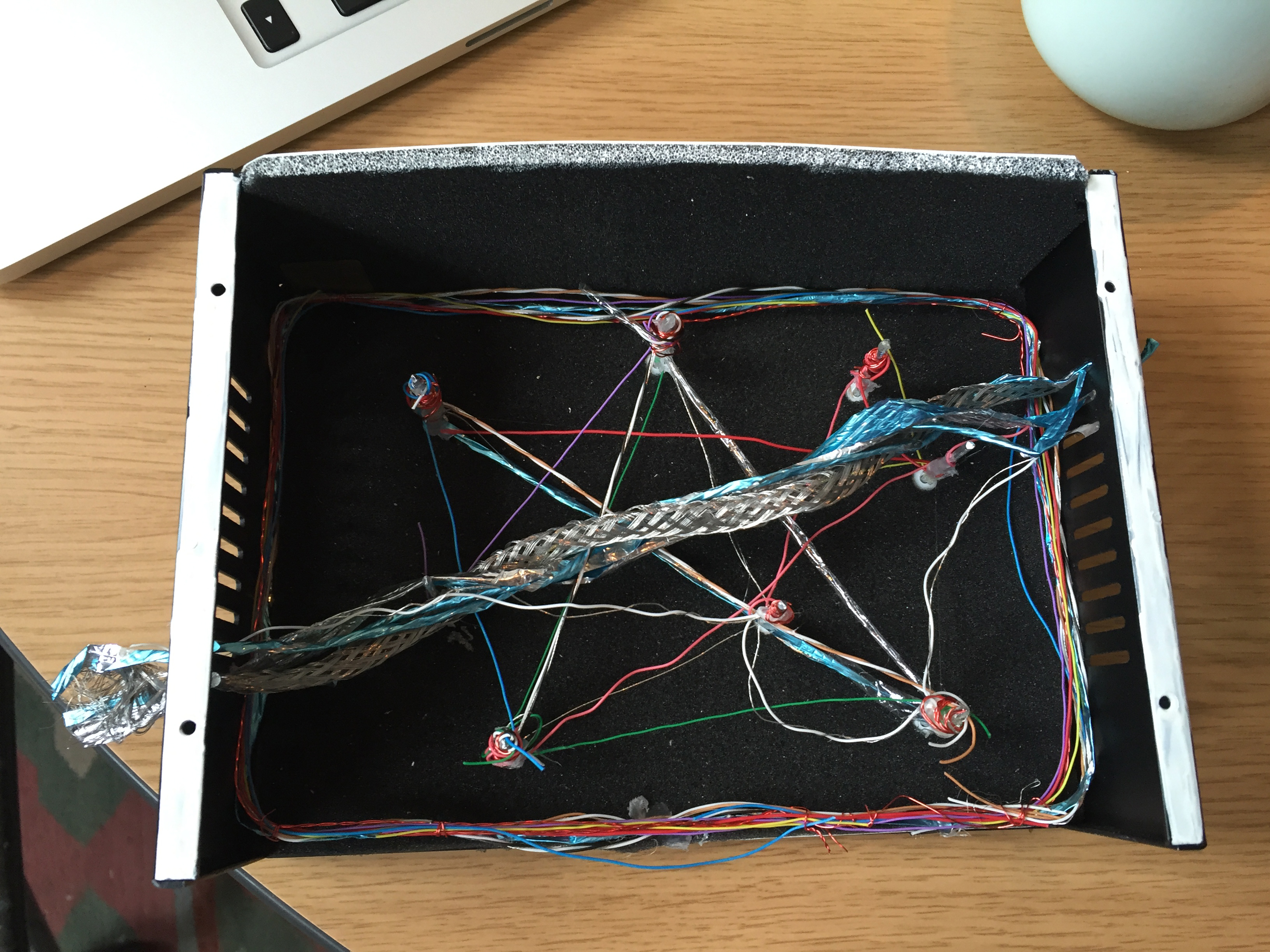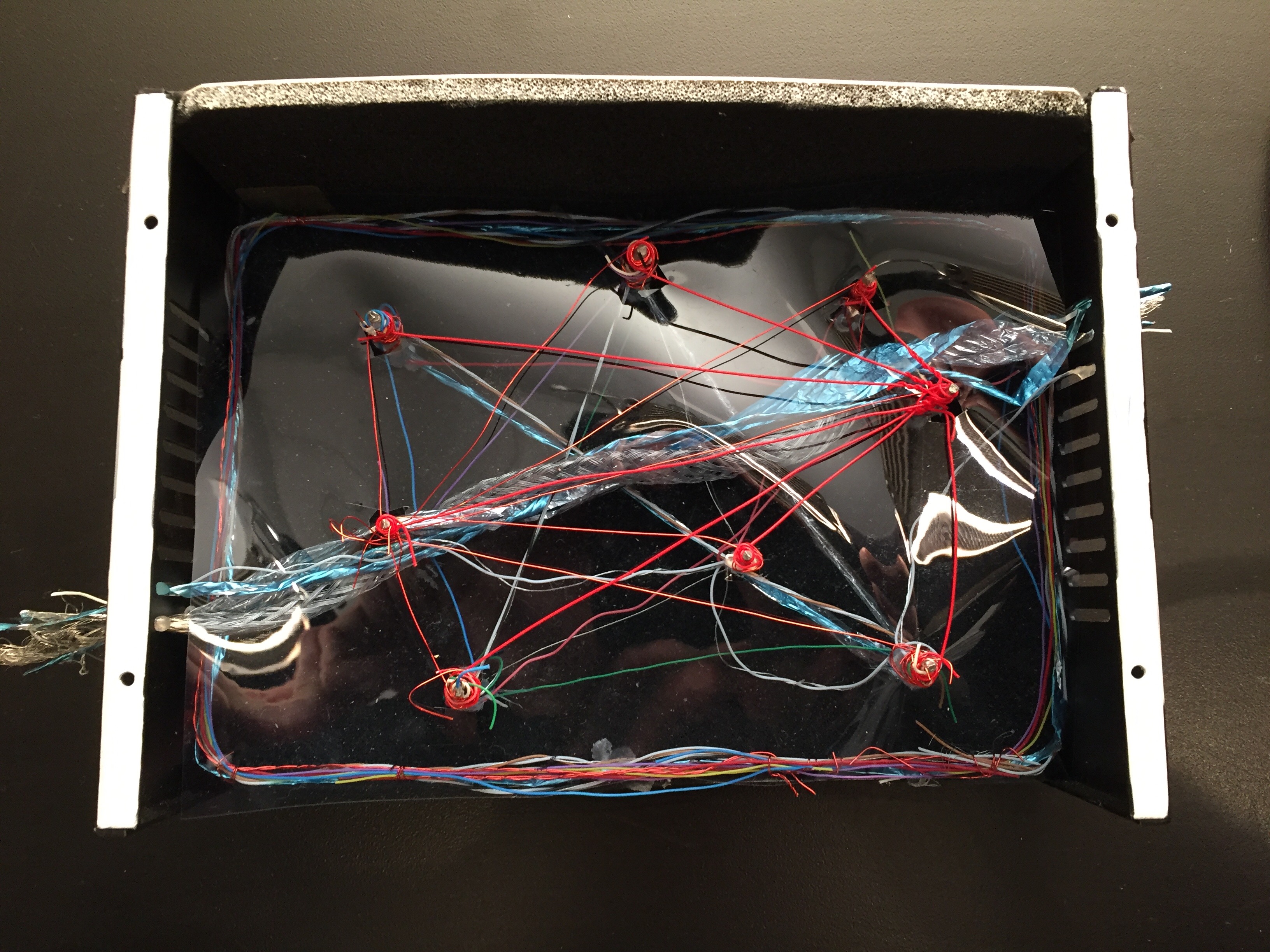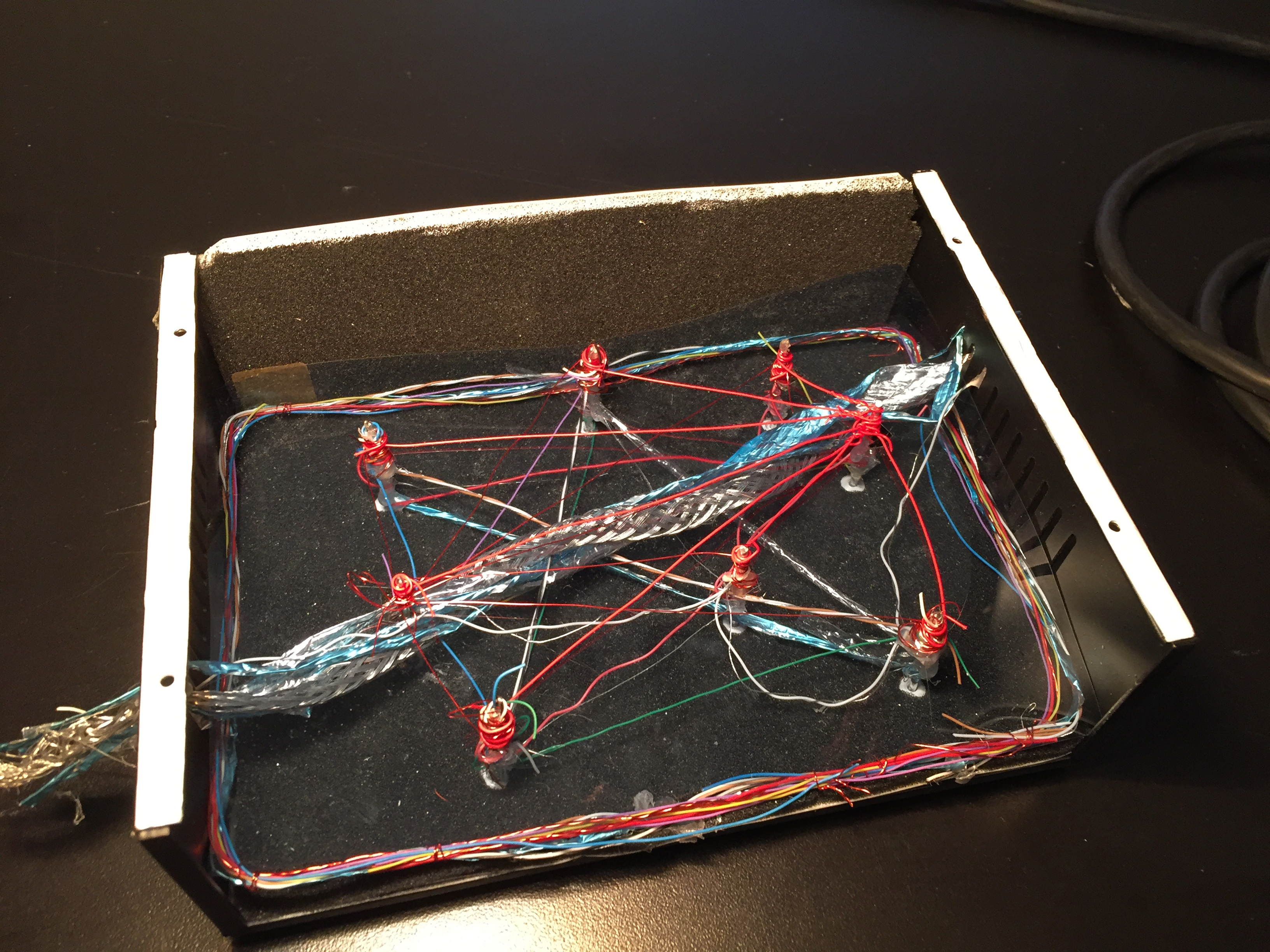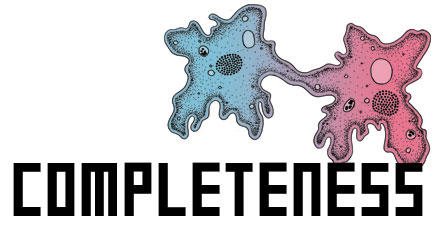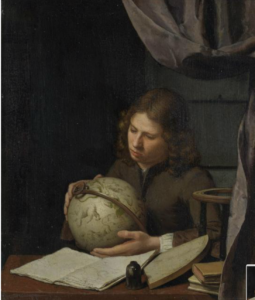Sentences of the story
Simple Sentence:
Hedwig and the Angry Inch is about a transgender rockstar who tells her life story of moving to America after a botched sex change.
Complex Sentence:
Hedwig and the Angry Inch is about a transgender woman telling her life story during a one-night performance in a Broadway theatre. From the rise of the Berlin wall, to a botched sex change, to finding herself in America, Hedwig’s searches for her true identity in real time onstage.
Three to Five sentences:
Hedwig and the Angry Inch is about a transgender woman telling her life story during a one-night performance in a Broadway theatre. Beginning in Berlin as the child of an abusive father, Hedwig fights many tribulations from the rise of the berlin wall, to a deadbeat Army husband, a botched sex change, and trying to find her other half. Throughout her life Hedwig has remained strong in the face of despair. By the end of her grand one-night performance, Hedwig has accepted herself candidly, through the fourth wall.
Fuch’s questions for Hedwig And The Angry Inch
The world of the play
Hedwig and the Angry Inch takes place on a Broadway stage in the set of a show that closed the night before. The previous company probably left in a hurry – things were left behind. The audience is made up of people who did not know they would be sitting there watching Hedwig the day before. They are a little unsure what to expect. The house might feel a little empty – in stark contrast to Tommy’s loud, packed performance next door.
What Changes?
Hedwig’s personal identity changes dramatically during the play. In the beginning, Hedwig finds new love and excitement after meeting an American army soldier, quickly moves forward with a sex change in hopes of leaving the Berlin wall for America. These hopes immediately go south when Hedwig’s sex change operation goes wrong, followed by her Sugar Daddy leaving her, followed by the fall of the Berlin wall. It takes another heartbreak before Hedwig learns that she must look deeply into herself first to find true happiness.

